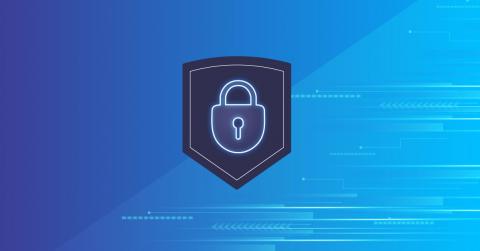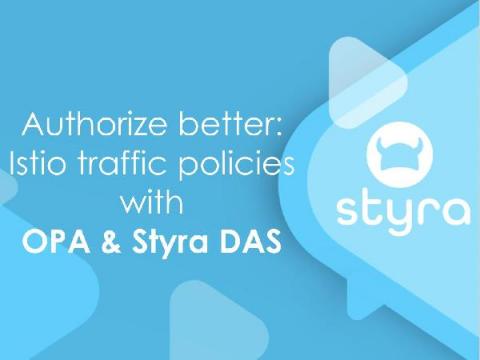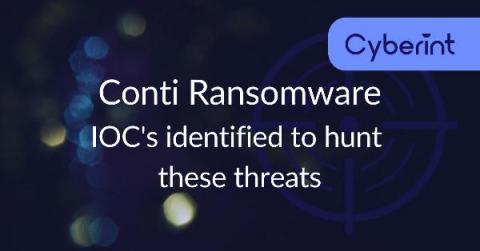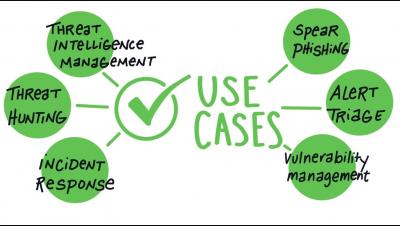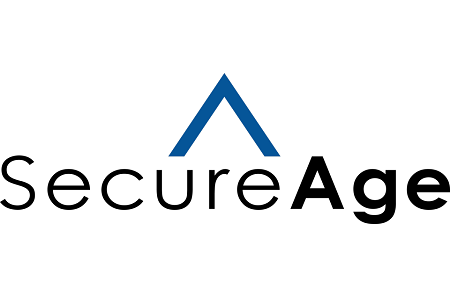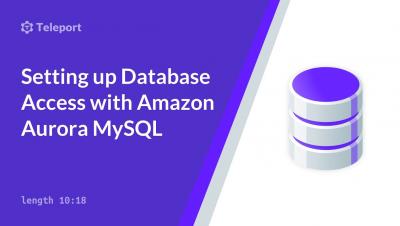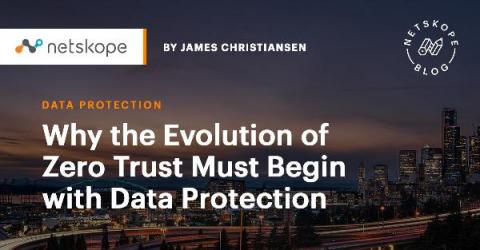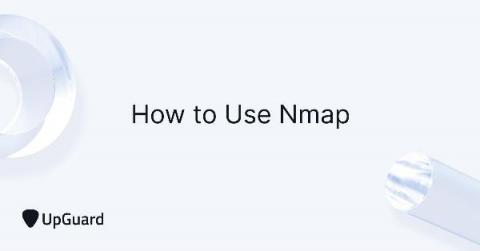Use Snyk security policies to prioritize fixes more efficiently
Snyk security policies just got a whole lot more powerful with a new action and two new conditions, helping your development and security teams assess risk and focus resources more efficiently. For developers, the less “noise” the better. Tasked with fixing issues that are simply not important or relevant is a waste of valuable development time and will likely result in creating frustration and mistrust.


